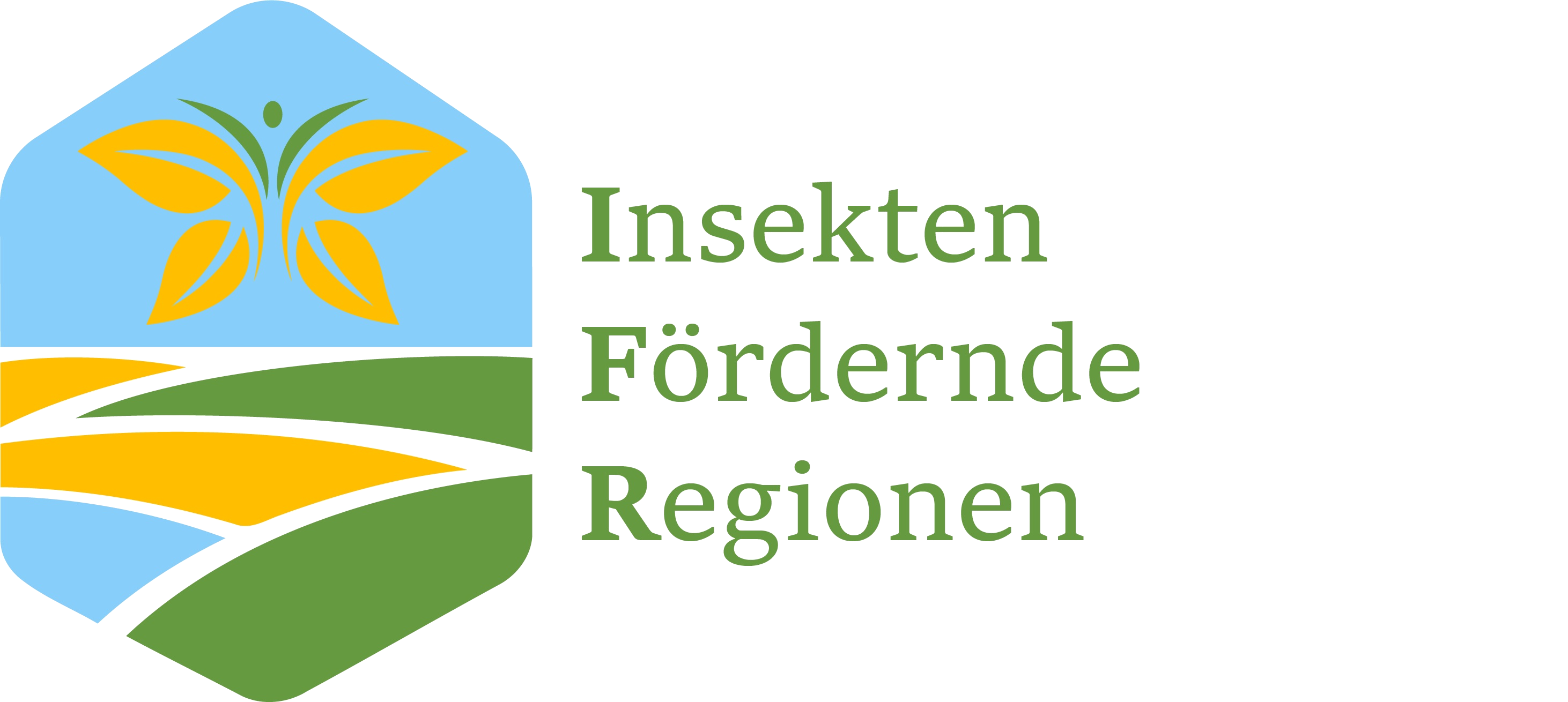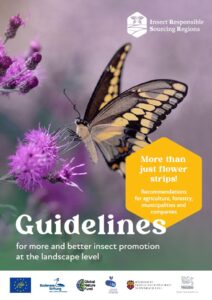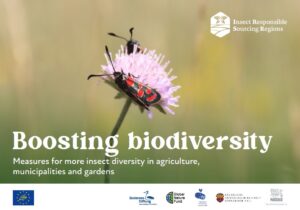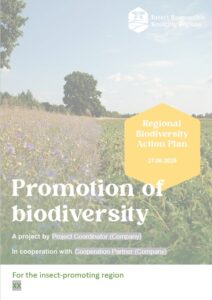Guidelines for more and better insect promotion at the landscape level
Recommendations for agriculture and forestry, municipalities and companies
Around 80 per cent of wild plants and 75 per cent of the most important cultivated plants depend on pollination by insects. Insects ensure 35 per cent of the global yield in food production. In Germany, the economic benefit of pollination is estimated at around 3.8 billion euros per year. At the same time, various studies show an alarming decline in the biomass of flying insects. This is due, among other things, to intensive agriculture, substance inputs and land consumption.
Guidelines “More than just flower strips”
Insect and biodiversity protection is urgently needed and can be achieved in many different ways. The 60-page guidelines show that there are many more ways to conserve and promote insects and biodiversity than just flower strips. The guidelines emphasise the role of agriculture and the food industry, forestry, municipalities and companies. Instruments for insect-friendly management and their respective advantages are supplemented by good examples from practice. Funding opportunities, educational and advisory services and ways to promote acceptance through public relations work and networking are also highlighted.
Catalogue of measures “Boosting biodiversity”
The guidelines are supplemented by a 46-page catalogue of measures. The measures presented have been trialled by more than 60 demonstration farms in our project. The bundled collection ranges from ‘field margins’ to ‘wide rows’, divided into measures for arable farming, grassland, fruit growing and viticulture as well as measures in the garden. An overview of biodiversity-promoting structures rounds off the catalogue.
Biodiversity Actionplans (BAP)
In order to effectively protect and promote biodiversity in a region, a clear management plan is required. Such a plan helps to take a targeted and structured approach to preserving existing habitats, creating new ones and reducing negative influences. It ensures that all measures are coordinated with each other and that the region can achieve its objectives to promote biodiversity. It is not a scientific study, but a practical strategy with concrete, measurable objectives and actionable steps. Such a plan for biodiversity is called a Biodiversity Action Plan (BAP).



